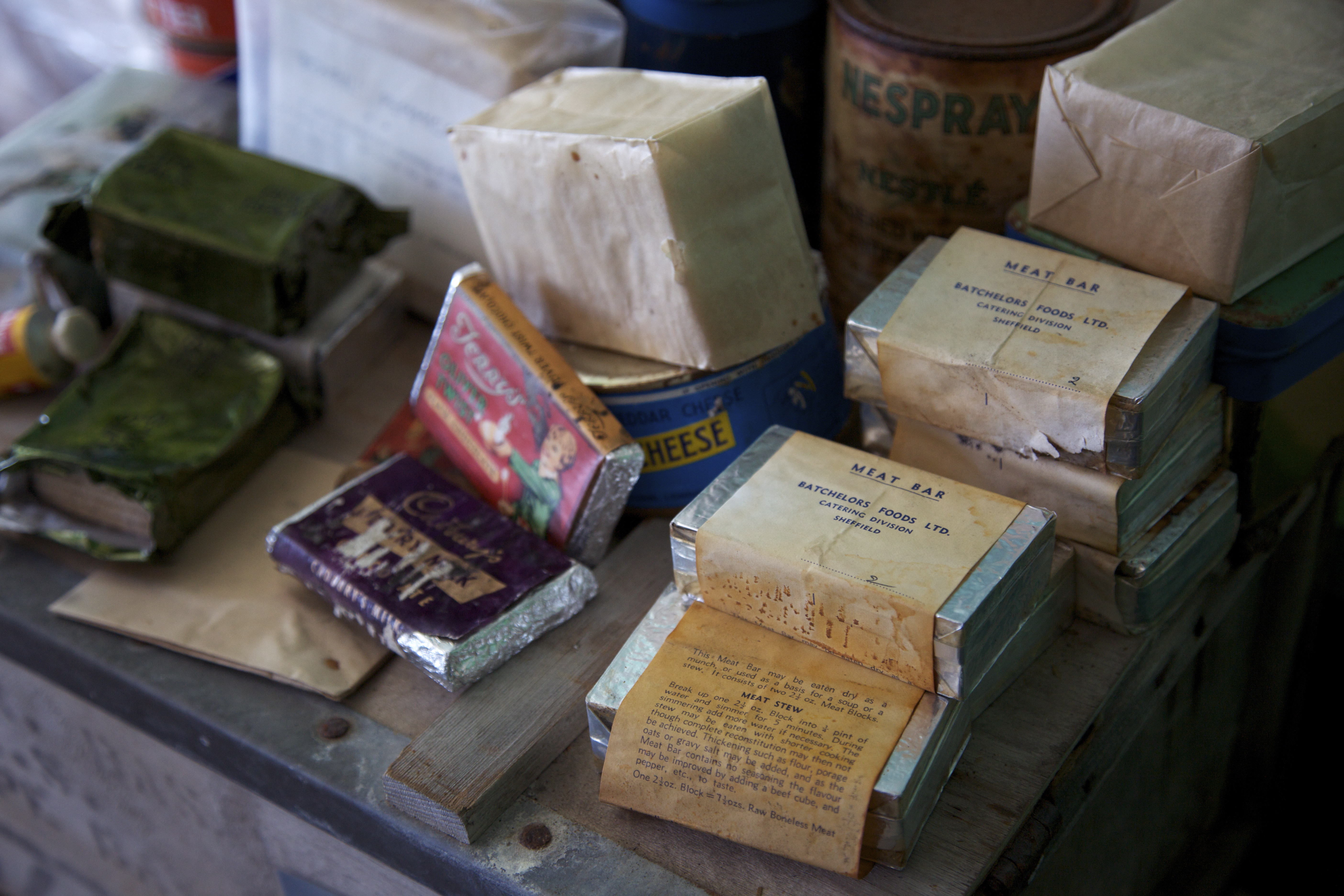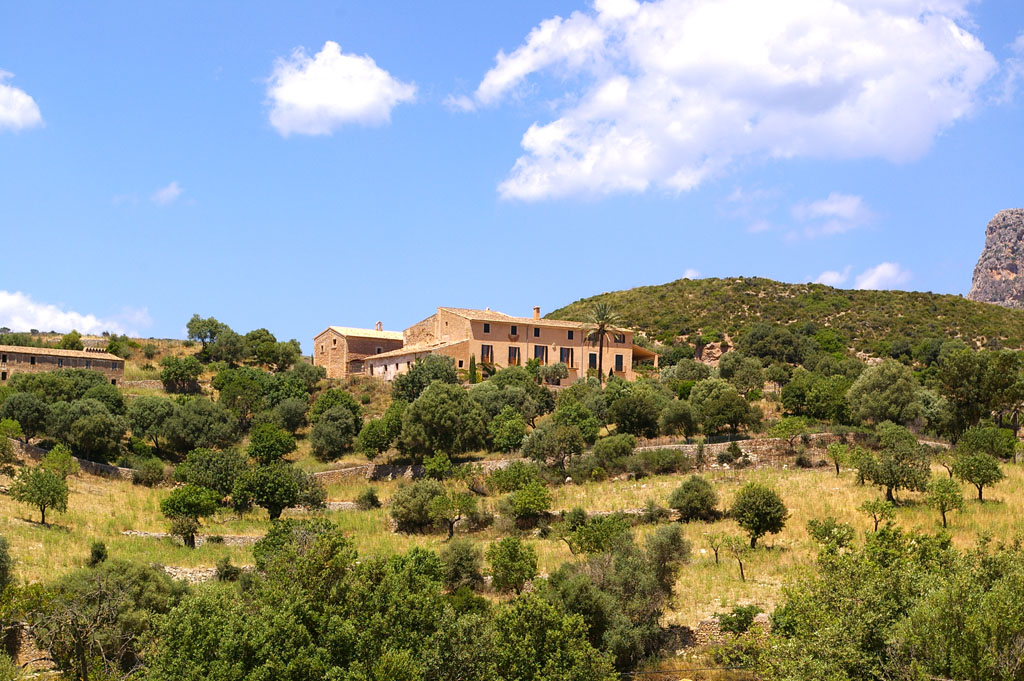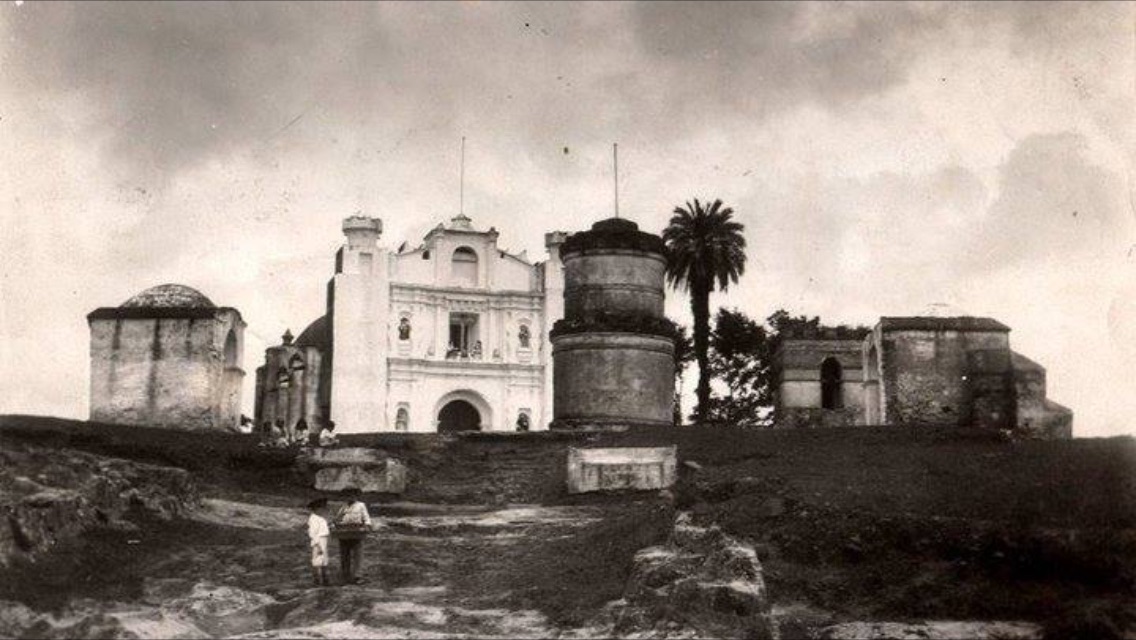|
Centro Cultural La Azotea
The Centro Cultural la Azotea (''"La Azotea" Cultural Center'') is a cultural center and museum complex, located in the township and municipality of Jocotenango in Guatemala's Sacatepéquez Department. It lies some north of the department's capital Antigua Guatemala in the city's modern outskirts, and is approximately from the national capital, Guatemala City. The center comprises three separate museums, on the grounds of a coffee-growing estate or ''finca.'' The center contains a coffee museum, which illustrates the history of processing and marketing Coffee production in Guatemala, the Mayan Music Museum, also known as Casa K'ojom which houses Mayan musical instruments from pre-Columbian times, and the Rincon de Sacatepéquez Museum which has items related to traditional Guatemalan dress. The center also offers horse riding facilities and tours of the small coffee estate. See also * List of food and beverage museums This is a list of food and beverage museums. Food museum ... [...More Info...] [...Related Items...] OR: [Wikipedia] [Google] [Baidu] |
Coffee Production In Guatemala
Coffee production in Guatemala began to develop in the 1850s. Coffee is an important element of Guatemala's economy. Guatemala was Central America's top producer of coffee for most of the 20th and the beginning of the 21st century, until being overtaken by Honduras in 2011. Illegal exports to Honduras and Mexico are not reflected in official statistics. Geography The most suitable temperature for the healthy growth and abundant production of coffee in Guatemala is that of . In lands situated at an altitude of above sea level, young plants must be shaded. In zones averaging an altitude of , the plantations must be sheltered from the cold north winds. For the most part, the coffee plantations are situated at an altitude varying from above sea level. History The coffee industry began to develop in Guatemala in the 1850s and 1860s, initially mixing its cultivation with cochineal. German immigrants played “a very important role” in the introduction of coffee to the country, ... [...More Info...] [...Related Items...] OR: [Wikipedia] [Google] [Baidu] |
Music Museums
Music is generally defined as the art of arranging sound to create some combination of form, harmony, melody, rhythm or otherwise expressive content. Exact definitions of music vary considerably around the world, though it is an aspect of all human societies, a cultural universal. While scholars agree that music is defined by a few specific elements, there is no consensus on their precise definitions. The creation of music is commonly divided into musical composition, musical improvisation, and musical performance, though the topic itself extends into academic disciplines, criticism, philosophy, and psychology. Music may be performed or improvised using a vast range of instruments, including the human voice. In some musical contexts, a performance or composition may be to some extent improvised. For instance, in Hindustani classical music, the performer plays spontaneously while following a partially defined structure and using characteristic motifs. In modal ... [...More Info...] [...Related Items...] OR: [Wikipedia] [Google] [Baidu] |
Buildings And Structures In Antigua Guatemala
A building, or edifice, is an enclosed structure with a roof and walls standing more or less permanently in one place, such as a house or factory (although there's also portable buildings). Buildings come in a variety of sizes, shapes, and functions, and have been adapted throughout history for a wide number of factors, from building materials available, to weather conditions, land prices, ground conditions, specific uses, prestige, and aesthetic reasons. To better understand the term ''building'' compare the list of nonbuilding structures. Buildings serve several societal needs – primarily as shelter from weather, security, living space, privacy, to store belongings, and to comfortably live and work. A building as a shelter represents a physical division of the human habitat (a place of comfort and safety) and the ''outside'' (a place that at times may be harsh and harmful). Ever since the first cave paintings, buildings have also become objects or canvasses of much artistic ... [...More Info...] [...Related Items...] OR: [Wikipedia] [Google] [Baidu] |
Museums In Guatemala
There is a wide variety of museums in Guatemala, with collections varying from pre-Columbian Mesoamerican artefacts to Spanish colonial art and collections of regional interest. Notes References * * * * * * * External linksMuseo del cacao y del chocolate- ChocoMuseo - Cacao and Chocolate museum in Antigua, GuatemalaMuseo de los Niños- The Children's Museum official website Museo Nacional de Arqueología y Etnologíá- official website Museo Popol Vuh- official website {{North America topic, List of museums in Museums in Guatemala Guatemala Museums Museums Museums A museum ( ; plural museums or, rarely, musea) is a building or institution that cares for and displays a collection of artifacts and other objects of artistic, cultural, historical, or scientific importance. Many public museums make these ... Guatemala ... [...More Info...] [...Related Items...] OR: [Wikipedia] [Google] [Baidu] |
List Of Food And Beverage Museums
This is a list of food and beverage museums. Food museums, beverage museums and wine museums generally provide information about how various foodstuffs are produced or were historically produced. Many of these museums are owned and operated by specific food and beverage production companies. Food and beverage museums A * Aghdam Bread Museum, Agdam, Azerbaijan * Agricultural Museum, Egypt, Agricultural Museum, Cairo, Egypt * Agropolis, Montpellier, France (closed 2010—operating a website only) * Aigle Castle, Aigle, Switzerland * American Institute of Baking, Manhattan, Kansas, US * Alimentarium, Vevey, Switzerland B * Beer Can Museum, East Taunton, Massachusetts, US * Biedenharn Museum and Gardens, Monroe, Louisiana, US * Bochnia Salt Mine, Bochnia, Poland * Bramah Tea and Coffee Museum, London, England, UK (closed 2008 – operating a website only) * Bully Hill Vineyards, Hammondsport, New York, US * Burlingame Museum of Pez Memorabilia, Burlingame, California, US * Museum of ... [...More Info...] [...Related Items...] OR: [Wikipedia] [Google] [Baidu] |
Finca
In English usage, a ''finca'' (; ) refers to a piece of rural or agricultural land, typically with a cottage, farmhouse or estate building present, and often adjacent to a woodland or plantation. Overview Especially in tourism, the term has recently gained the colloquial meaning of a holiday home in a rural setting, situated on the Spanish mainland, the Balearics, and the Canary Islands, and throughout the countries of Spanish-speaking Latin America Latin America or * french: Amérique Latine, link=no * ht, Amerik Latin, link=no * pt, América Latina, link=no, name=a, sometimes referred to as LatAm is a large cultural region in the Americas where Romance languages — languages derived f .... Fincas can typically look back on an extensive development history, and are often older than 300 years. In some regions, however, especially on the Balearics, new buildings are erected. References External links Real estate in Spain Country estates {{Spain-stub ... [...More Info...] [...Related Items...] OR: [Wikipedia] [Google] [Baidu] |
Cultural Center
A cultural center or cultural centre is an organization, building or complex that promotes culture and arts. Cultural centers can be neighborhood community arts organizations, private facilities, government-sponsored, or activist-run. Asia * Central Cultural Center (CCC), Bangladesh * Bahman Cultural Center, Tehran, Iran * Bangkok Art and Culture Centre, Bangkok, Thailand * Beigang Cultural Center, Yunlin, Taiwan * Bentara Budaya Jakarta, Jakarta, Indonesia * Bentara Budaya Yogyakarta, Yogyakarta, Indonesia * Cultural Center of the Philippines, Philippines * Hong Kong Cultural Centre, Hong Kong, China * Japanese Cultural Center, Taipei, Taiwan * Kaohsiung Cultural Center, Kaohsiung, Taiwan * Keelung Cultural Center, Keelung, Taiwan * Ketagalan Culture Center, Taipei, Taiwan * King Abdulaziz Center for World Culture, Dhahran, Saudi Arabia * Kohima Capital Cultural Center, Kohima, Nagaland * Korean Cultural Center, Seoul, Korea * Sheikh Abdullah Al-Salem Cultural Centre, Kuwa ... [...More Info...] [...Related Items...] OR: [Wikipedia] [Google] [Baidu] |
Guatemala City
Guatemala City ( es, Ciudad de Guatemala), known locally as Guatemala or Guate, is the capital and largest city of Guatemala, and the most populous urban area in Central America. The city is located in the south-central part of the country, nestled in a mountain valley called Valle de la Ermita ( en, Hermitage Valley). The city is the capital of the Municipality of Guatemala and of the Guatemala Department. Guatemala City is the site of the Mayan city of Kaminaljuyu, founded around 1500 BC. Following the Spanish conquest, a new town was established, and in 1776 it was made capital of the Kingdom of Guatemala. In 1821, Guatemala City was the scene of the declaration of independence of Central America from Spain, after which it became the capital of the newly established United Provinces of Central America (later the Federal Republic of Central America). In 1847, Guatemala declared itself an independent republic, with Guatemala City as its capital. The city was originally located ... [...More Info...] [...Related Items...] OR: [Wikipedia] [Google] [Baidu] |
Antigua Guatemala
Antigua Guatemala (), commonly known as Antigua or La Antigua, is a city in the central highlands of Guatemala. The city was the capital of the Captaincy General of Guatemala from 1543 through 1773, with much of its Baroque-influenced architecture and layout dating from that period. These characteristics had it designated as a UNESCO World Heritage Site in 1979. Antigua Guatemala serves as the capital of the homonymous municipality and the Sacatepéquez Department. Population The city had a peak population of some 60,000 in the 1770s; the bulk of the population moved away in the late 18th century. Despite significant population growth in the late 20th century, the city had only reached half that number by the 1990s. At the time of the 2007 census, the city had 34,685 inhabitants. History ''Antigua Guatemala'' means "Old Guatemala" and was the third capital of Guatemala. The first capital of Guatemala was founded on the site of a Kakchikel-Maya city, now called Iximche ... [...More Info...] [...Related Items...] OR: [Wikipedia] [Google] [Baidu] |







